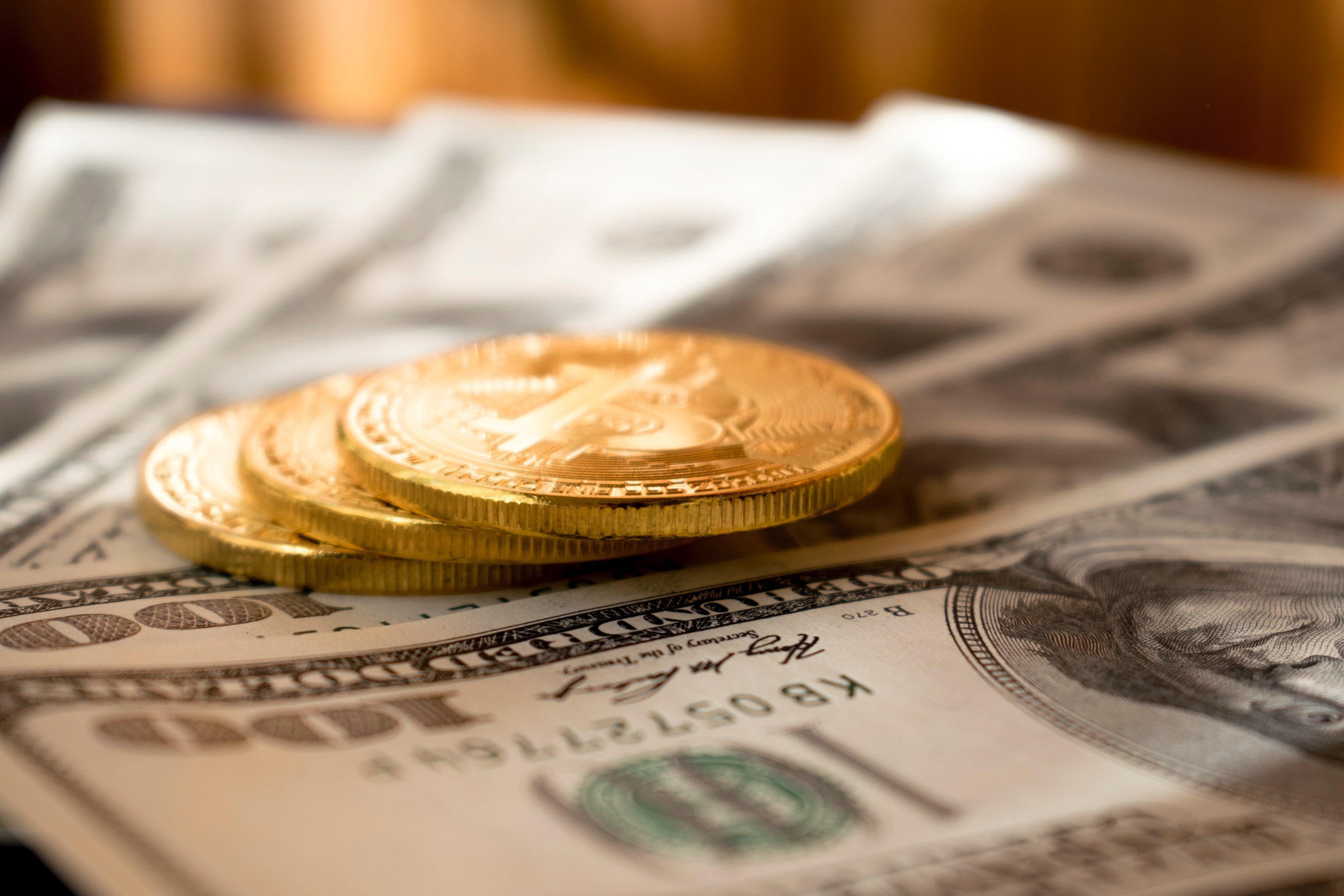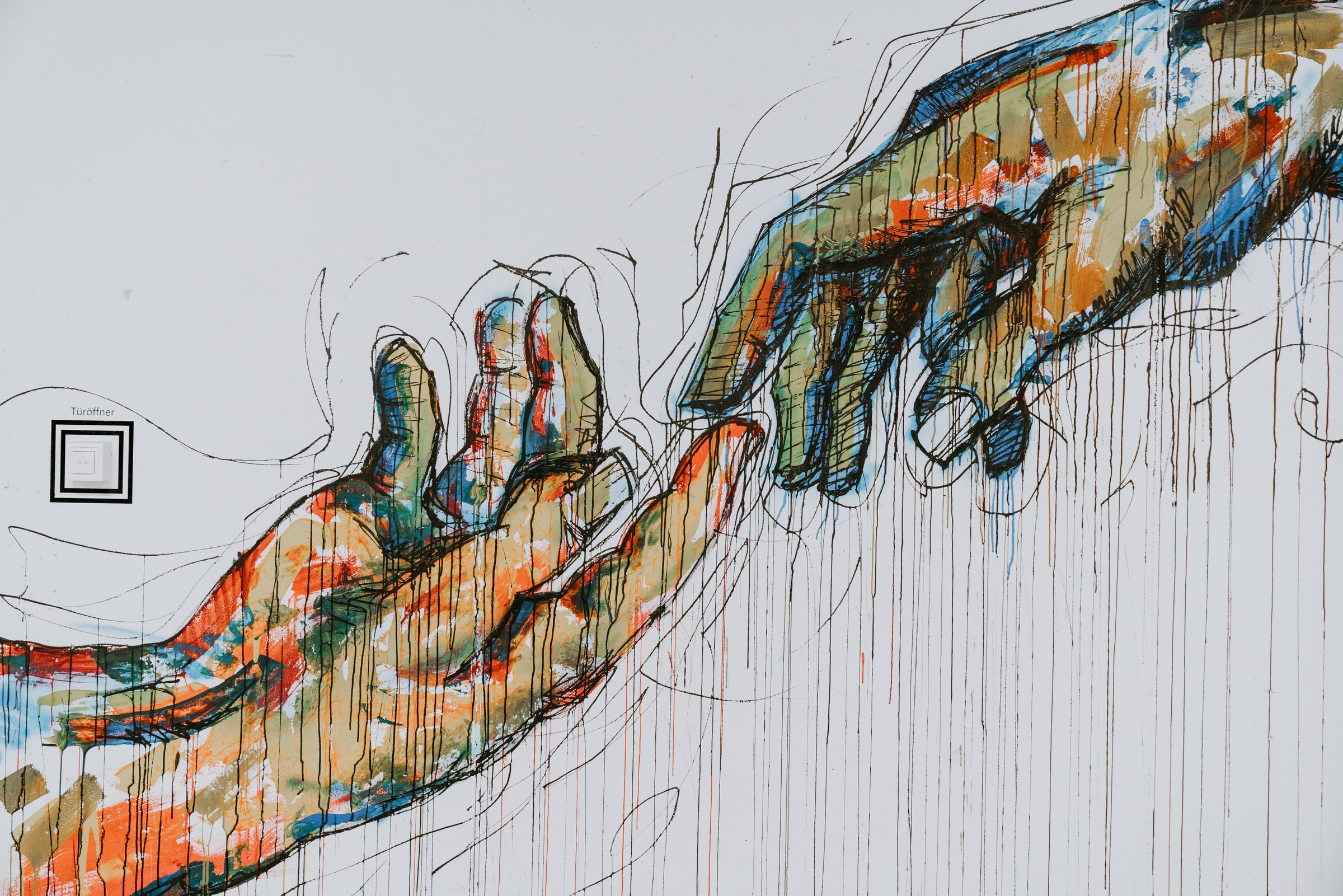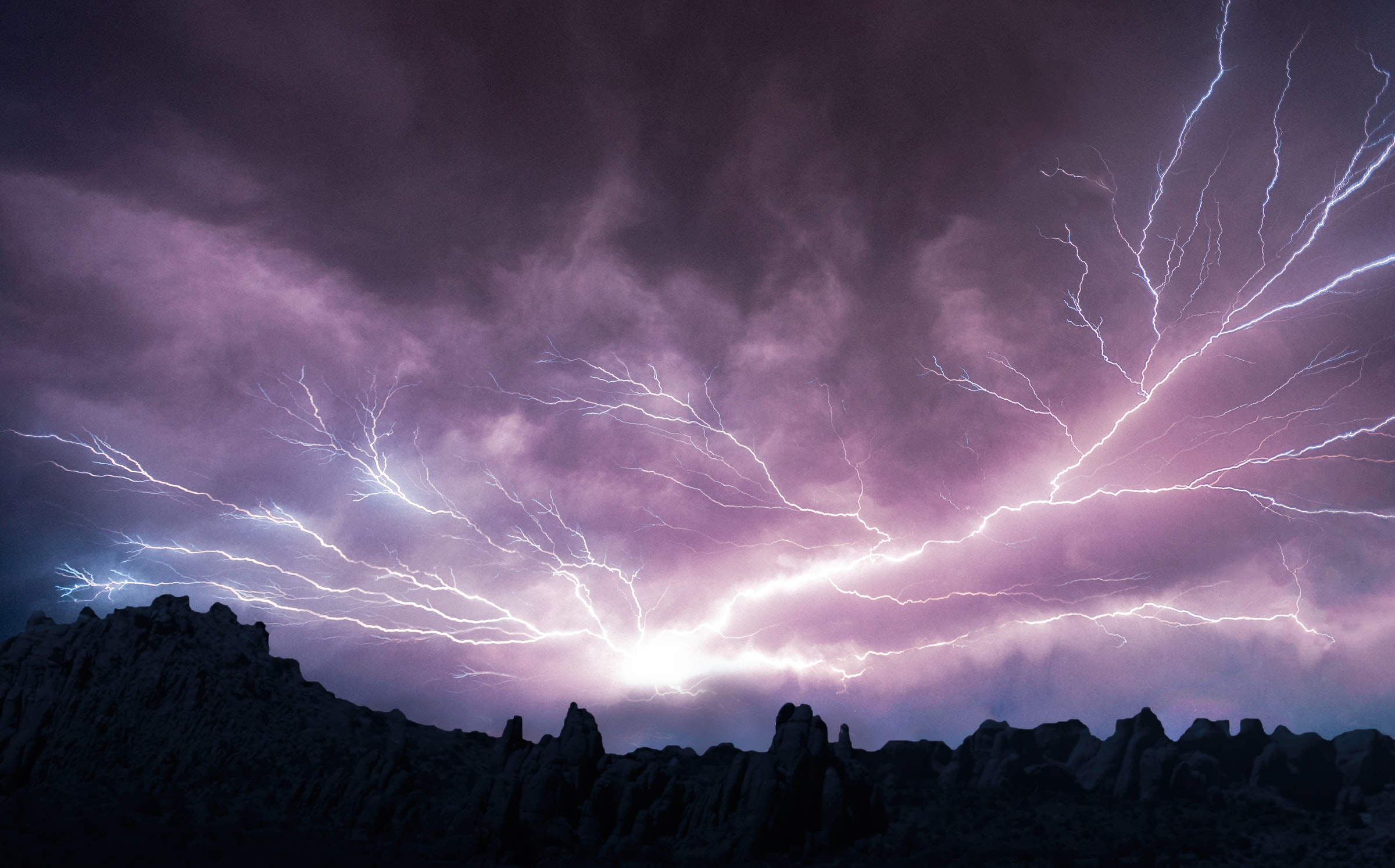Back in the halcyon days of cryptocurrency trading — at a magical time when Bitcoin was worth barely anything and they could be mined by anyone with a good rig — Mt. Gox was one of the leading exchanges for Bitcoin.
Haphazard Decisions Have Consequences
The Japan-based Bitcoin exchange was notorious for its poor management of funds and equipment. Hackers repeatedly made off with substantial amounts of Bitcoin, and coupled with a rather lackluster approach to funding the exchange sank deep into debt.
After multiple unlucky adventures with hackers and other problems, Mt. Gox was forced to file for bankruptcy in 2014. At the time, a total of 850,000 BTC had been lost — 750,000 of which belonged to customers.
The founder was allowed to get out on bail due to Japanese law — which allowed him to pay off his personal debt in Bitcoin at the equivalent dollar price at the time of his arrest. Luckily for him, the price of BTC had since skyrocketed.
But the insolvent exchange itself cost investors and creditors a massive amount — and the courts haven’t forgotten.
After 7 years of court battles, Mt. Gox’s bankruptcy trustee and MGIFLP, a unit of Fortress Investment Group reached an agreement that will allow creditors to claim the site’s remaining Bitcoins if they so wish.
The exact number of remaining Bitcoins is unknown — however, considering that the value of Bitcoin has grown more than a thousandfold since 2014, there may actually be enough remaining BTC to pay off the massive accumulated debt.
However, the creditors aren’t required to take the deal and can instead wait for the court case to finally be settled.
If a deal is reached, the retrieved Bitcoin may have quite a large impact on Bitcoin prices — and given the shaky, albeit bullish market we currently find ourselves in, the consequences may be wild.










